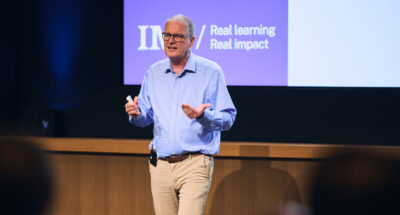More middle jobs
I see the latest skills twist introducing a new social dynamic where automation actually benefits less-skilled workers more than their highly skilled counterparts.
Consider a nurse in a hospital working with an advanced medical AI to diagnose patient issues, develop treatment plans, and identify potential conflicts in treatment. This nurse should become significantly more productive, taking over tasks that doctors used to do. A doctor using the same AI experiences a productivity boost, too, but it’s not as pronounced. As a result, AI will likely create middle jobs between highly skilled professionals like doctors and their less-skilled assistants who are able to use AI effectively.
There’s room for more middle jobs to be created between the ranks of lawyers and paralegals, engineers and road chiefs, architects and drafting technicians. In all these professions, AI can enhance the productivity – and income levels – of a new class of middle-skilled workers.
In this scenario, the middle class can flourish again, while the highest-skilled, highest-income individuals will experience modest gains. Meanwhile, a very small group of individuals controlling these technologies may amass mind-boggling wealth, but their billions (or even quadrillions) will be less relevant to the broader workforce’s well-being. Think of them like the world’s top soccer stars. As long as most people are doing better, who really cares about, say, a dozen people’s wealth?
Along with new middle jobs, there will also be a reshuffling of employment. Tech advancements always come with some reshuffling. That’s the way the market works. We saw it as we moved from farm to factory, from factory to office, and from office to ICT-enhanced office. That said, there will still be jobs for all. Post-AI, jobs where experience is harder to turn into training data include motivating people and managing large groups. We still haven’t seen those skills in an app, so there may be more work as coaches, educators, and other areas as determined by market forces.




